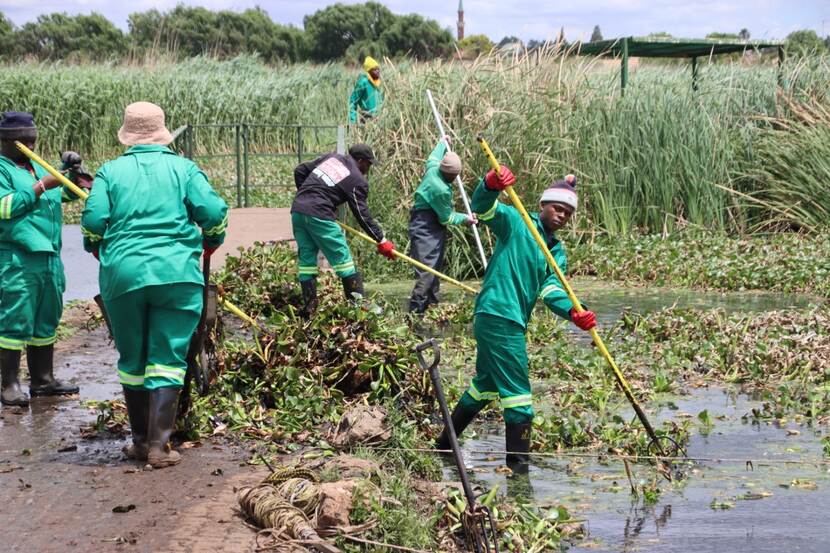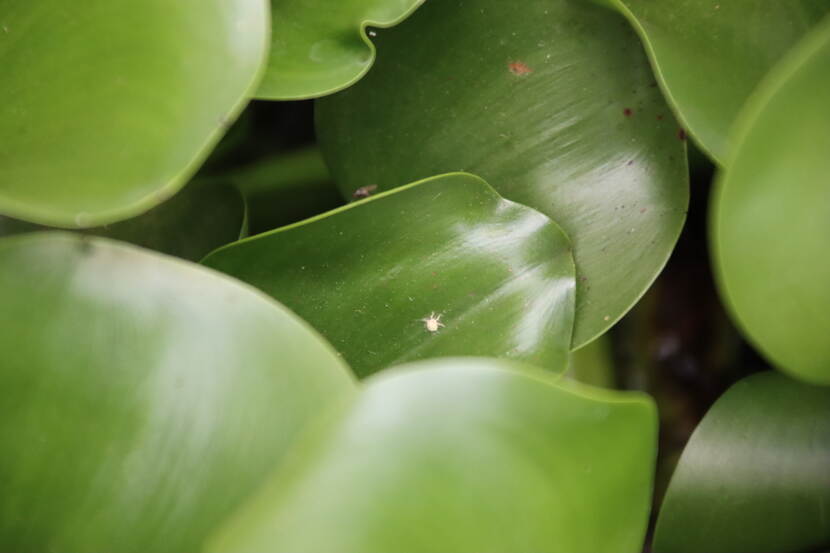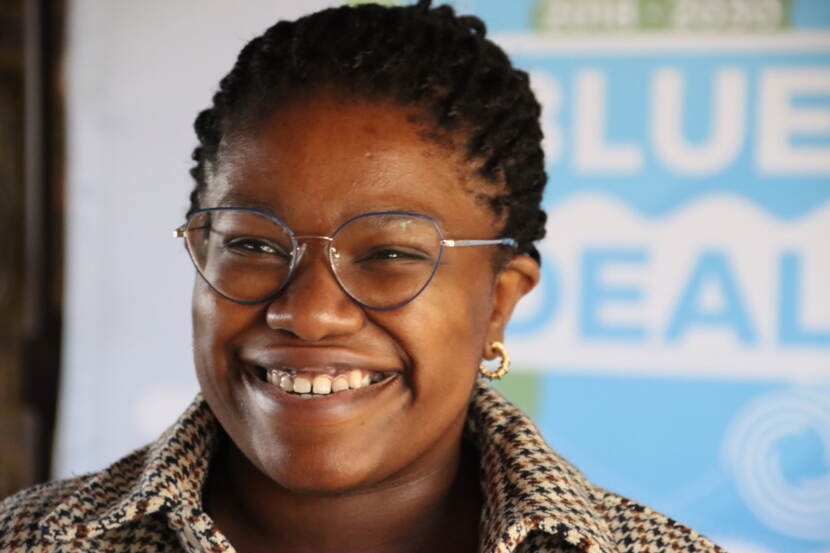Royal Couple visits Blesbokspruit Wetland Reserve: ‘It’s all about turning problems into creative solutions’
Weblogs
During a state visit to South Africa, from 18 until 20 October, King Willem-Alexander and Queen Maxima will visit the Blesbokspruit Wetland Reserve. In this unique ecological environment, Zamafuze Ngcobo, the Young Expert Professional of the project, will guide them through recent developments in a major Dutch-South African water partnership.

Blesbokspruit is a wetland of about 2.000 hectares in the greater Johannesburg area. Wetlands are ecosystems with a great variety of biological diversity. For example: Blesbokspruit provides a home to over 250 different species of birds. But there is another important function that wetlands serve, says Zamafuze (Zama). ‘Wetlands and groundwater work hand in hand. A healthy wetland works as a natural filter and therefore ensures that groundwater is cleaner.’
Pollution
And that is exactly where the problem lies for this particular wetland, Zama explains. ‘Blesbokspruit suffers from mining activity and other industry in the nearby area. That has led to pollution in the wetland for a lot of years. Environmental laws from the past have not been helpful in that respect.’ ‘However’, she continues, ‘those laws have massively improved since the mid-1990’s. I am proud to say South Africa has some of the best and strictest environmental laws in the world. Part of these environmental laws center specifically around the preservation of ecologically diverse areas such as Blesbokspruit.’
Local and international initiatives
Zama: ‘Regardless, environmental laws alone are not enough to fully rehabilitate Blesbokspruit. Ideally, we would get the area back to the so called Ramsar-status. That status is currently awarded to 26 wetland sites in South Africa and is basically a certification that says that a wetland is ecologically healthy. But it takes a lot of ingenuity to improve or even preserve biodiversity in a wetland. Close cooperation with local partners as well as international initiatives is crucial in this respect.’

One of those initiatives is the Blue Deal, an initiative by the Dutch Ministries of Foreign Affairs and Infrastructure and Water Management, together with the Dutch water authorities. The deal has been rolled out in 15 countries, one of which being South Africa, with an ambitious objective: to provide access to clean, sufficient and safe water to 20 million people. Hans Waals of water authority Hollandse Delta, and as such involved in the Blue Deal, explains why Blesbokspruit is part of the initiative. ‘We got the Blesbokspruit project involved in the Blue Deal because we noticed the area was struggling. As Zama mentioned, a wetland reserve can help tremendously with the improvement of water quality, and that is what the Blue Deal is all about. Moreover, we saw plenty of opportunity to improve this area.’
Water hyacinth
One of those opportunities comes from the water hyacinth, an invasive plant species that negatively affects the growth of the rest of the flora in a wetland. Zama: ‘The growth of water hyacinth is heavily dependent on nutrients in the water and is also influenced by fluctuations in climate such drought, heat or heavy rain seasons. But with help of initiatives such as the Blue Deal, local businesses have found ways to use the hyacinth to their benefit. For example: there is a local company called Thekga, that found a way to process the hyacinth into woven products such as baskets. Using that as a starting point for their business, they have now expanded into converting the hyacinth into biomass briquettes. That has put them on the radar of multinationals such as Unilever, who use the briquettes as fuel for their boilers.’

She continues: ‘That kind of company growth has all kinds of side benefits. Thekga not only helps Blesbokspruit get rid of the hyacinth, but is now also able to provide employment, for example to local women who get trained in business.’
Collaboration is crucial
Zama says: ‘Thekga is just one example. The Blue Deal has also led to increased interest in international initiatives for Blesbokspruit. For example, we have a partnership with a Dutch company called Netics, which makes geotextile, a circular and biobased alternative for synthetic textiles such as polypropylene, out of water hyacinth. But there are also companies that turn it into biofuel or compost, the list is endless. And that is a great thing. It is all about turning a threat for this ecological environment into a creative solution.’

She concludes: ‘Collaboration is so important. It’s not just the Netherlands and South Africa sharing knowledge and experiences. With all the initiatives around Blesbokspruit we have seen so many tangible results sprouting up, and that is because of the efforts and cooperation of parties on all levels. We are very excited to show that to the Royal couple.’